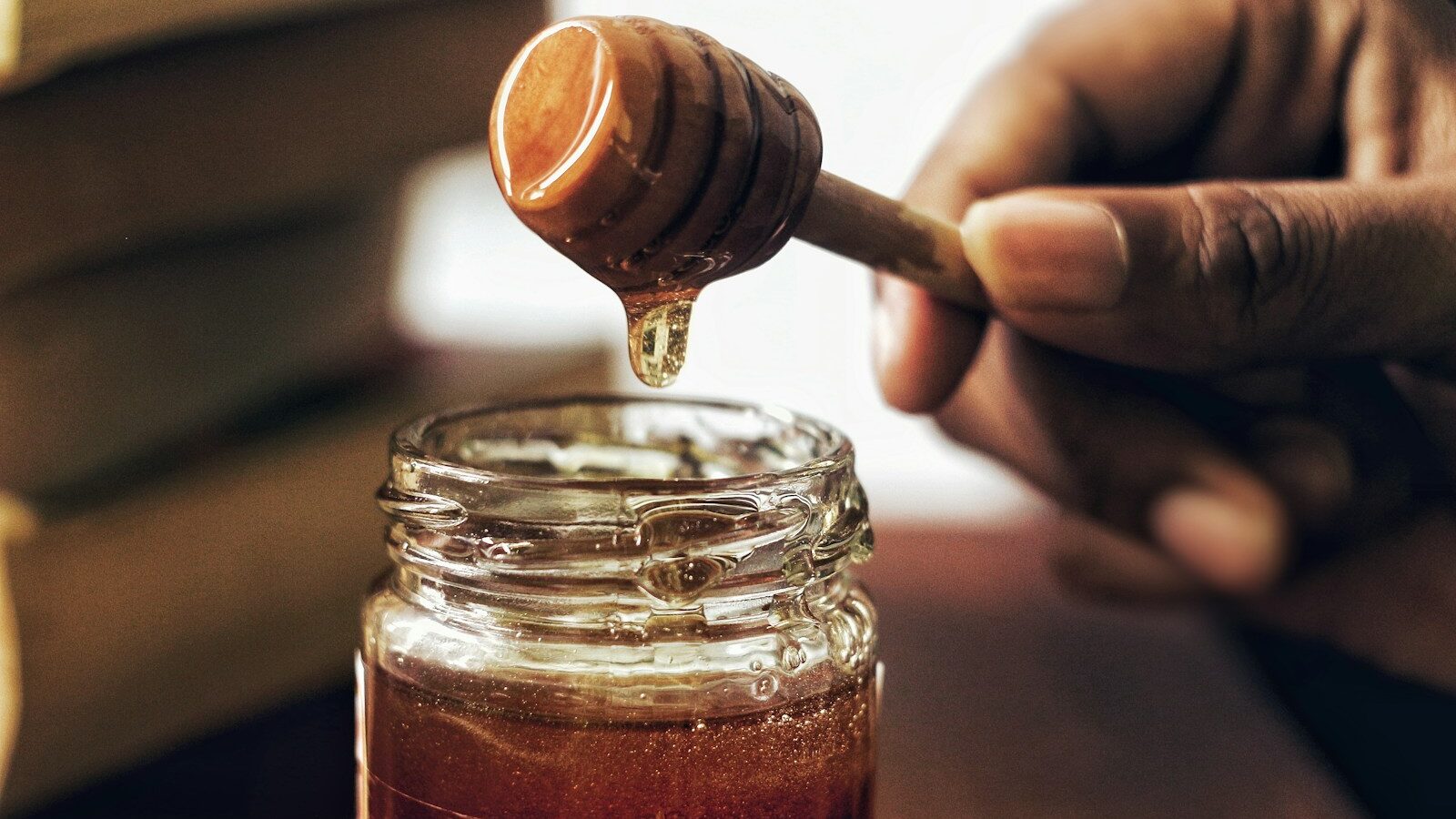We all know the statistics around mental health and the impact on organisations and whilst there are a number of specific things that can be done to deal with mental health when it becomes a problem, fundamentally improving mental health in the workplace starts with culture.
Why culture?
Although some solutions may help people deal with excessive stress (both work-related and not), rarely are they concerned with addressing the causes of this. These causes are often rooted in a culture that does not proactively support people’s wellbeing.
When we intentionally create a culture of wellbeing, we enable people to take responsibility for their own wellbeing and address the issue at source. This kind of culture provides the conditions where people are encouraged and enabled to generate more ‘happy hormones’ (the hormones that combat the stress hormones cortisol and adrenalin which, when people are exposed to them excessively or over a prolonged period can lead to mental health issues).
What is a ‘happy hormone’?
A happy hormone is a hormone (in some cases, technically, a neurotransmitter) that simply makes us feel good.
The validity of happy hormones dates back to primitive times, although we didn’t know about them then. Early man and woman were given quite definite rewards for carrying out certain evolutionary actions. For example, they were rewarded when they hunted and gathered and successfully, supported themselves and their families, and when they connected and collaborated with others to do so.
These rewards included feeling motivated, enthusiastic and empowered and the ability to cope well with feelings of fear and anxiety and with carrying out day-to-day actions. It made them more positive, braver, and it enabled them to do what was necessary to survive, including coping with physical and emotional pain.
We now know what that reward is
It’s a chemical response in the brain that produces various neurotransmitters (here referred to as ‘happy hormones’) that act as catalysts for this sort of mentally healthy behaviour.
In a sense, things are no different today. Whilst we no longer have to go out to hunt or physically defend ourselves, we do still need to operate within these positive parameters if we are going to perform at our best, cope well with challenges, contribute the best of ourselves and ultimately achieve the things we want in life.
What are the main happy hormones?
There are four main hormones that create positive feelings:
- D = dopamine
- O = oxytocin
- S = serotonin
- E = endorphins
These hormones are responsible for our level of happiness as human beings and when we have a healthy level of them in our body, we feel much better than when we don’t, which means that we perform better too.
How do they keep us feeling more positive?
D is for DOPAMINE and it’s also for DRIVE.
Dopamine literally drives our brain’s reward system, urging us to seek pleasure and motivating us to achieve goals. It also regulates our emotional responses, enabling us not only to identify where rewards might be, but also to take action to move toward them.
Low levels of dopamine can result in a lack of enthusiasm and motivation and in self-doubt and procrastination and it can also lead to obsessive and/or addictive behaviour, as the reward for that behaviour can produce dopamine.
How can we increase dopamine in the brain?
Most types of reward increase the level of dopamine in the brain, which is why when we improve a skill, achieve a goal and/or receive recognition or praise, we feel good.
O is for OXYTOCIN and it’s also for ONENESS.
Oxytocin is also known as the ‘hug’ or ‘love’ hormone, because it makes us feel loved. It plays a role in empathy, intimacy and trust and it regulates social interaction, enabling us to instigate, build and maintain satisfying relationships.
Low levels of oxytocin can result in enhanced fear and distrust, isolating behaviour, and feelings of loneliness that has been shown to reduce life expectancy.
How can we increase oxytocin in the brain?
Most types of connection increase the level of oxytocin the brain, which is why when we hug a loved one (or a pet) and/or interact, spend time, and/or collaborate with people we like/love, we feel good.
S is for SEROTONIN and it’s also for STABILITY.
Serotonin regulates sleep, appetite and digestion, as well as anxiety, helping us feel more emotionally settled, maintain mood balance and engage more comfortably in social behaviour. It also regulates memory and learning, enabling us to focus better and to both retain and recall information.
Low levels of serotonin can cause anxiety, irritability, insomnia, pain, panic and depression as well as difficulty focusing and memory loss.
How can we increase serotonin in the brain?
A healthy mind and body increases the level of serotonin in the brain, which is why when we get enough rest and sleep, eat whole foods, drink adequate amounts of water and look after ourselves, we feel good.
E is for ENDORPHINS and it’s also for EASE.
Endorphins regulate emotional responses by interacting with the opiate receptors (our natural painkillers) in the brain, enabling us to cope more effectively with stress and anxiety. They also regulate physiological responses, enabling us to cope with physical ailments and both physical and emotional pain.
Low levels of endorphins can manifest in lethargy, reduced tolerance to pain, anxiety and a myriad of physical disorders.
How can we increase endorphins in the brain?
Physical exercise, laughter and foods like chocolate and chillies secrete endorphins, enhancing feelings of pleasure and increasing immunity, which is why when we do those things, we feel good.
[cm_form form_id=’cm_65a14c3f5da64′]
What can you do to create a DOSE culture in your organisation?
In order to both encourage and enable your people to produce more dopamine, oxytocin, serotonin and endorphins, think about the current situation in your organisation and ask yourself how you can better create the conditions to support this.
- What opportunities are there for people to challenge themselves and achieve great things and how are people currently recognised and rewarded?
- What is in place to encourage positive connection and satisfying relationships with colleagues, family, friends and the community?
- What opportunities are there for people to take breaks, both throughout the working day and during the year in order to switch off adequately to rest their body and brain?
- How is laughter and enjoyment encouraged and what mechanisms are provided for people to engage in physical exercise?
When people have the opportunity to DOSE themselves up with these happy hormones, they actively combat the hormones responsible for prolonged or excessive stress, which can lead to mental health issues, increasing their level of happiness and improving their mental (and physical) wellbeing and enabling them to operate at their optimum and contribute the best of themselves to their life and work.
Interested in this topic? Read Mindfulness at work: supporting employees for positive mental health.







